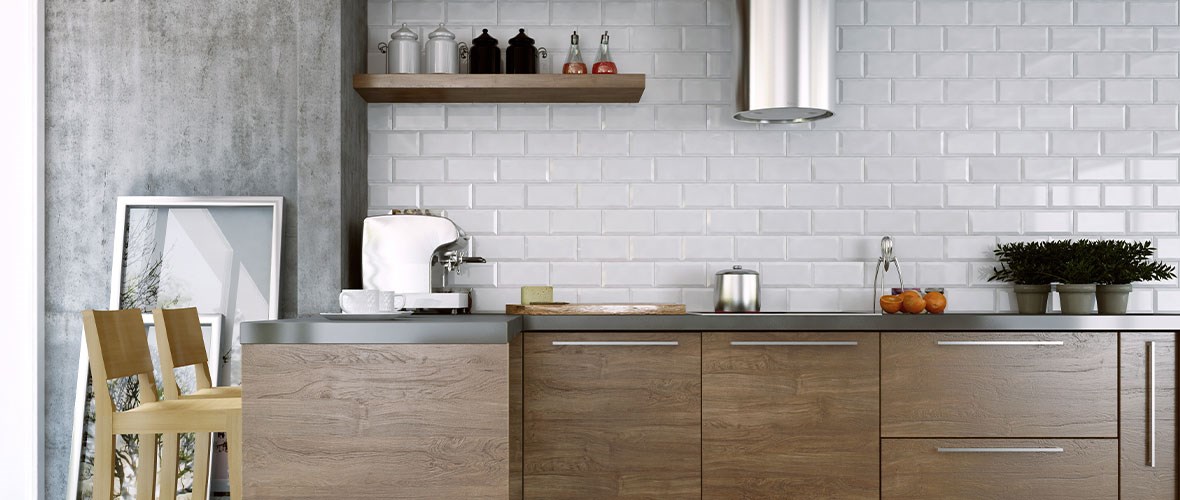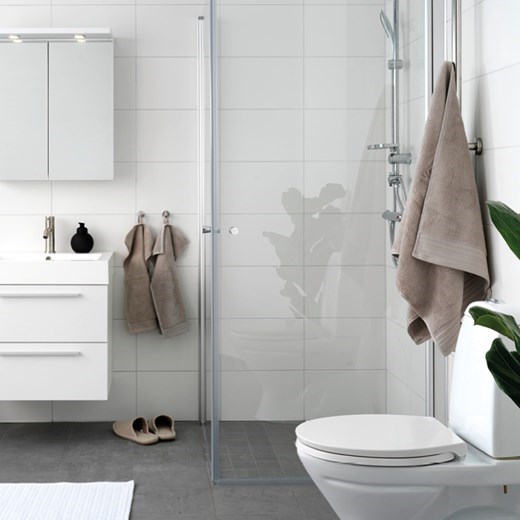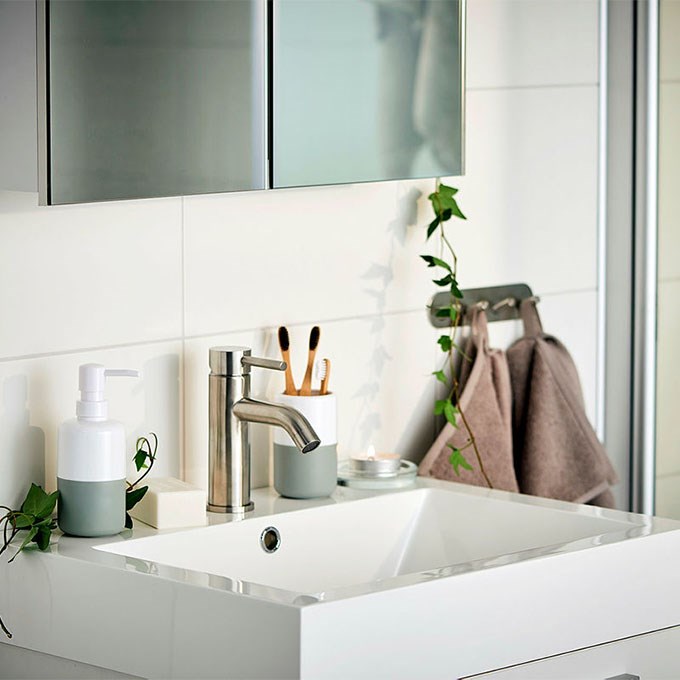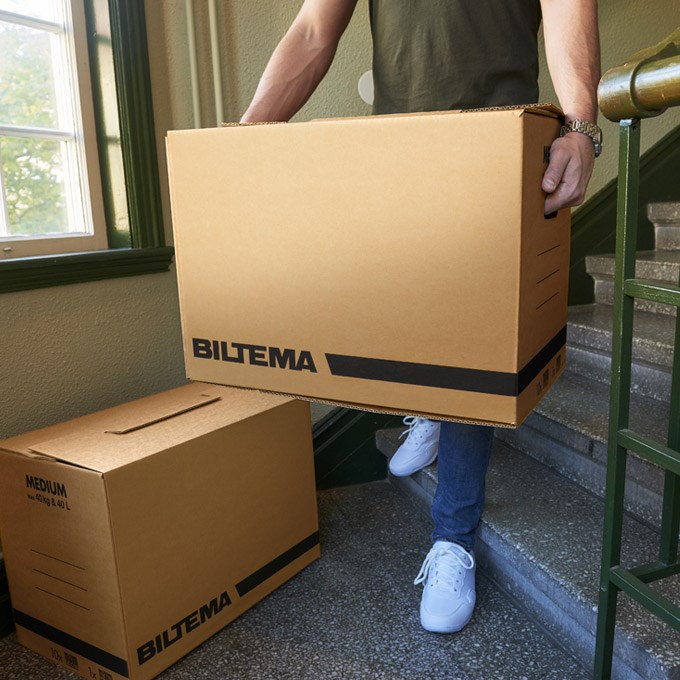7 Things to Consider When Buying Tiles
1. Wall tiles or floor tiles?
Wall tiles are made for walls and indoor use. They are glazed (glossy or matte), which makes tiled walls easy to keep clean. Floor tiles can be used on both walls and floors and should generally be non-slip and durable. Both wall tiles and floor tiles are made of ceramics, i.e. fired clay. The main difference between wall tiles and floor tiles is their density, wall tiles are much denser than floor tiles. A very dense tile has very low water absorption, making it frost-proof and therefore suitable for most outdoor environments. Floor tiles are also stronger and have greater resistance to various external effects such as abrasion, frost, chemicals, etc.

2. Surface finish
Glazed tiles
The surface finish gives the tile colour, gloss, and a pattern, and makes it easier to keep clean.
Unglazed tiles
The surface finish highlights the natural colour of the tile, and it is non-slip and very scratch resistant.
Extra-thick surface finish (double charged)
These tiles have an extra-thick surface coating that produces superior wear resistance. Suitable for surfaces with high wear, such as hallways, garages, conservatories, or outdoor balconies.
Friction rating – non-slip tiles
R ratings apply to tiles on dry surfaces with foot traffic, such as schools, restaurants, shopping malls, and retail stores. R9-R10 tiles are suitable for flat ground, while R11-R13 tiles are suitable for e.g. ramps, entrances, stairs, outdoors, etc. Read more in our symbol table.
3. Sizes and edges
On some types of tiles, the size is given in approximate dimensions, e.g. 30 x 60 cm. When the tile is fired, it undergoes natural shrinkage due to the high temperature. Therefore, there may be slight differences in the size of the tiles. Also, when a ceramic tile comes out of the kiln, it always has a slightly rounded standard edge. There are also edge-cut tiles that pass through a machine that cuts straight edges at a 90 degree angle, while also ensuring that all the tiles are exactly the same size and with accurate dimensions, e.g. 29.8 x 59.8 cm. The tile is then said to be edge-cut, or rectified. An edge-cut tile can be laid with a smaller joint width, from 2 mm (< 2 mm).
4. Consumption
When calculating the tile consumption of your project, it is good to add about 10-15% over and above the estimated consumption for any off cuts. This way you can be sure to have enough tiles for your project. Larger tiles generally produce more off cuts than smaller tiles. To save tiles for any damage later on or to supplement, add a reserve of approx. 1-2 m2.
5. Shade variations
Ceramic is a natural material, and therefore there may be minor colour variations between different batches produced at different times. In some products, natural shade variations may occur even if they are produced at the same time. Therefore, be careful to check the code/shade of the packages and check the tiles thoroughly before laying them. Once the tiles are laid, you cannot lodge a claim due to their colour, shade, or size.
Tips!
- Make sure that all packages have the same item number and code (indicated on the label under ‘Shade’).
- Mix tiles from different packages to create a dynamic colour pattern.
- Place the tiles on the floor until you think it looks good.
- Make sure the floor is flat.
6. Tile adhesive
There are tile adhesives for different needs, indoor or outdoor use, and those that must be mixed or are supplied pre-mixed. We also have tile adhesive approved for use in wet rooms.
7. Grout
Grout comes in different colours – from light to dark. It is not only the size of the joint that determines how much grout is used, smaller tiles also result in more joints. Our grout can be used both indoors and outdoors.




